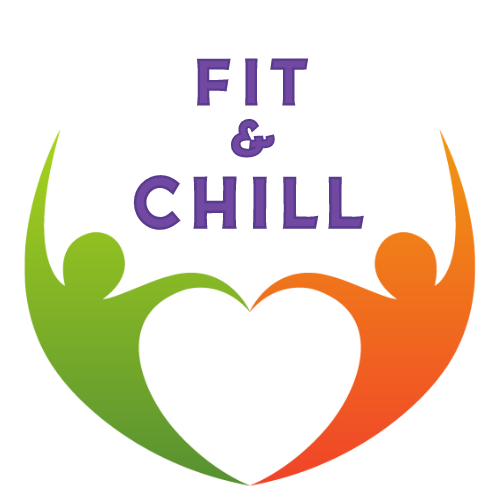Step by Step Guide
- Starting Position:
- Begin by lying flat on your back on a mat or the floor with your legs fully extended and your arms resting by your sides.
- Keep your lower back pressed into the floor throughout the exercise to engage your core muscles and protect your spine.
- Engage Core Muscles:
- Engage your core by drawing your navel towards your spine, flattening your lower back against the floor.
- Ensure that your abdominal muscles are actively engaged throughout the exercise to maintain stability and control.
- Lower Legs:
- Exhale as you slowly lower both legs towards the ground, keeping them straight and close together.
- Lower your legs as far as you can while maintaining control and without allowing your lower back to arch off the floor.
- Hold Position:
- Once your legs are lowered to the desired position (usually a few inches above the ground), hold this position statically.
- Focus on keeping your abdominal muscles engaged and your lower back pressed into the floor to stabilize your body.
- Maintain Breathing:
- Continue to breathe steadily and deeply throughout the hold, focusing on maintaining control and stability.
- Hold Duration:
- Hold the lowered leg position for a specified duration, such as 15-30 seconds, or as long as you can maintain proper form.
- Focus on gradually increasing the duration of the hold as your strength and endurance improve over time.
- Return to Starting Position:
- Inhale as you slowly raise your legs back up to the starting position, keeping them straight and using your core muscles to control the movement.
- Avoid using momentum to lift your legs back up, and focus on maintaining control throughout the motion.
- Repeat the Exercise:
- Perform the exercise for the desired number of repetitions or hold durations, aiming to challenge your core muscles while maintaining proper form.
Benefits of The Legs Down Hold
- Lower Abdominal Strength: “Legs Down Hold” targets the lower portion of the rectus abdominis, helping to strengthen and tone the muscles in this area.
- Core Stability: Holding the lowered leg position requires significant core stability and strength, helping to improve overall core stability and posture.
- Improved Control: This exercise helps develop control and coordination of the core muscles, which is essential for various daily activities and sports performance.
- No Equipment Needed: “Legs Down Hold” can be performed without any equipment, making it a convenient exercise that can be done anywhere.
Tips for Beginners:
- Start with Small Movements: Beginners should start with small movements and avoid lowering the legs too close to the ground until they have built sufficient strength and control.
- Focus on Form: Pay close attention to your form throughout the exercise, particularly keeping your lower back pressed into the floor to avoid strain.
- Listen to Your Body: If you experience any discomfort or strain in your lower back, reduce the range of motion or take a break to avoid injury.
- Engage Your Core: Focus on actively engaging your core muscles throughout the exercise, rather than relying solely on momentum or gravity.



Leave A Comment